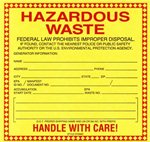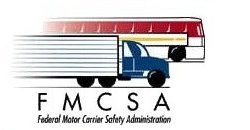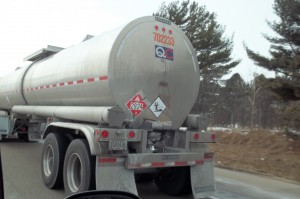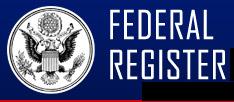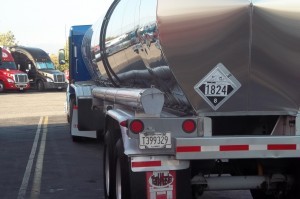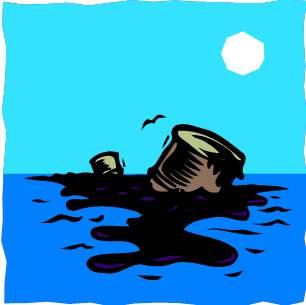The Bullet:

Eligible organizations may take advantage of the availability of surplus property acquired by the State of Texas and by the Federal Government. Property is available for a small processing fee which is usually much less expensive than purchasing the items through traditional channels.
Who:
The Texas Facilities Commission (TFC) manages the disposition of surplus property donated to the state by federal programs.
Examples of organizations eligible for the Federal Surplus Property Program include: cities, counties, state agencies, political subdivisions, public & private schools, colleges, universities, museums, libraries, medical institutions, child care centers, drug abuse treatment centers, public airports, educational radio stations, utility providers and other conservation agencies, select veterans service organizations (per the For Vets Act of 2013), Service Educational Activities (such as the Boys & Girl Scouts, YMCA, Red Cross, JROTC), and providers of assistance to the homeless, impoverished, or elderly. For a detailed list of eligible organizations, please visit: http://www.gsa.gov/portal/content/105055.
The state program is a little different in that unlike the federal program, state surplus property is offered for sale to the general public. After a ten day posting period, where only qualified entities can purchase, the state surplus property goes to the Austin warehouse to be sold to the general public. TFC also offers state surplus property for sale to the general public through online auctions at www.lonestarauctioneers.com.
What:
The federal program obtains property from the federal government and donates the property only to qualified organizations (see “Who”) for a small handling fee. Commonly available items include, but are not limited to, heavy equipment, tools, generators, fire trucks, trailers, vehicles, and furniture.
Some commonly available items through the state surplus program include office furniture, office supplies, knives, multi-tools, cars, trucks, and SUVs.
Where:
Not applicable
When:
Not applicable.
Why:
Sometimes the best way not to generate a waste is to reuse an existing resource. The Surplus Property Program (State or Federal) seeks to do just that.
How:
The program is not funded by the legislature, but is totally supported by the revenues generated from handling fees. This means that the cost of maintaining the staff and facilities are passed on to the program participants in the form of the handling fee. Handling fees will vary according to condition of the item and demand, but are usually significantly lower than the cost of comparable items on the open market. The difference in value is considered a “donation” from the federal government; hence, participants in the program are referred to as “donees.”
Conclusion:
For more information on the State and Federal Surplus Property Programs and to view available inventory, please visit their website: http://tfc.state.tx.us/

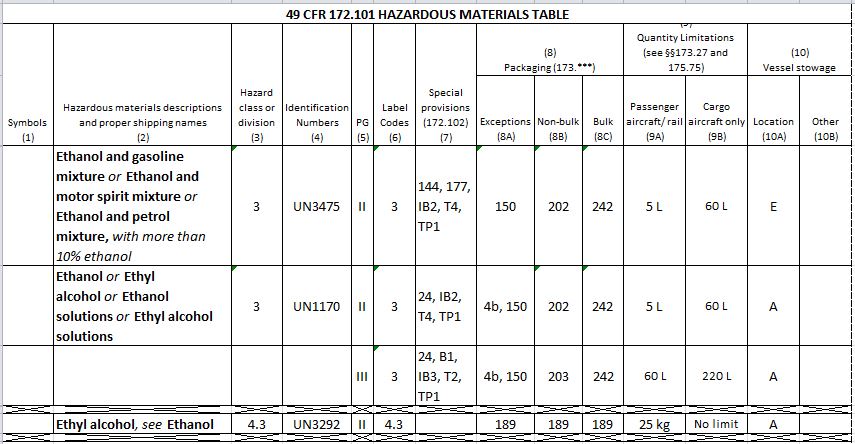
 The ethanol industry is widely distributed throughout the U.S. – with the largest concentration in the Midwest – and promises to become more so as cellulosic ethanol production creates more potential feed-stocks for the the production of fuel-grade ethanol. All that production in the Midwest with the demand predominantly on the coasts means that a lot of hazardous materials: Ethanol and Ethanol and fuel mixtures; must be transported from their supply to the demand.
The ethanol industry is widely distributed throughout the U.S. – with the largest concentration in the Midwest – and promises to become more so as cellulosic ethanol production creates more potential feed-stocks for the the production of fuel-grade ethanol. All that production in the Midwest with the demand predominantly on the coasts means that a lot of hazardous materials: Ethanol and Ethanol and fuel mixtures; must be transported from their supply to the demand. 
